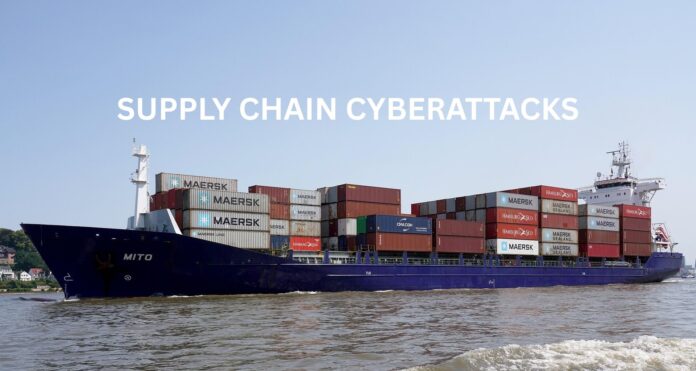
Photo by Pavel Danilyuk via Pexels
Introduction: Supply Chain Security’s Critical Moment
Cyberattacks through supply chains have increased by over 400%, with October 2025 seeing software supply chain attacks 32% above previous records. AI-orchestrated attacks combined with sophisticated targeting of upstream vendors mean organizations can no longer treat supply chain security as secondary.
“You cannot secure what you cannot see”—and most organizations lack complete visibility into digital supply chains.
The Scope of the Threat in 2025
October 2025 Statistics:
- Software supply chain attacks: 32% above records
- Average detection time: 276 days
- Organizations affected: Thousands across all sectors
September 2025 NPM Attack
Attackers compromised popular JavaScript packages affecting millions, demonstrating AI-powered phishing enabling supply chain compromise.
Understanding Supply Chain Attack Vectors
1. Software Supply Chain Compromises
- Package repository attacks (NPM, PyPI, RubyGems)
- Build pipeline infiltration
- Code signing certificate theft
- Container registry poisoning
2. Third-Party Service Provider Risks
- Managed Service Provider (MSP) compromises
- Cloud provider attacks
- Leveraging trusted relationships
3. Open Source Dependency Risks
- Modern apps have hundreds to thousands of dependencies
- Transitive dependencies create blind spots
- Unmaintained packages pose security risks
AI-Powered Supply Chain Attacks
How AI Enhances Sophistication:
- Automated reconnaissance mapping dependencies
- Social engineering at scale targeting developers
- Malicious code generation and obfuscation
- Attack orchestration with 80-90% automation
Supply Chain Security Best Practices
1. Software Bill of Materials (SBOM)
- Generate SBOMs for all applications
- Track all dependencies
- Monitor for known vulnerabilities
- Update with each software change
2. Vendor Risk Management
- Security questionnaires and assessments
- SOC 2 / ISO 27001 certification requirements
- Continuous monitoring and reassessment
- Contractual protections and audit rights
3. Zero Trust for Third-Party Access
- Multi-factor authentication for vendor access
- Just-in-time privileged access
- Micro-segmentation limiting lateral movement
- Continuous authentication and authorization
Regulatory Pressures Increasing
- US Executive Order: SBOM requirements for federal contractors
- EU Cyber Resilience Act: Security-by-design mandates
- OWASP Top 10 2025: Supply chain security added
Conclusion: Supply Chain Security as Strategic Imperative
The 400% increase reflects fundamental shift in attacker strategy. Organizations are only as secure as their least secure vendor or dependency.
Start now—building supply chain visibility and controls takes time, and threats continue accelerating.
Sources: Cyble, IBM Security Report 2025, The Hacker News, Forbes, OWASP
